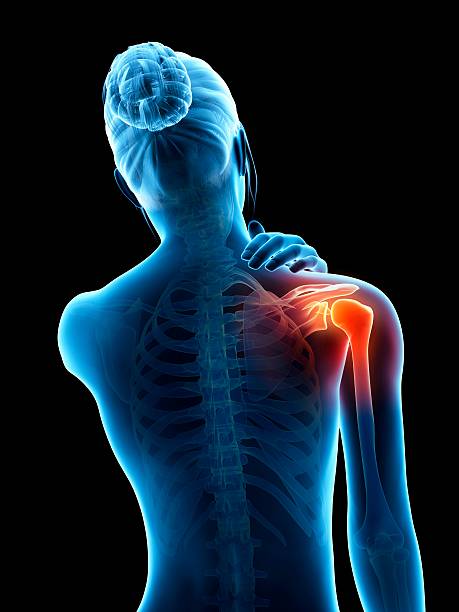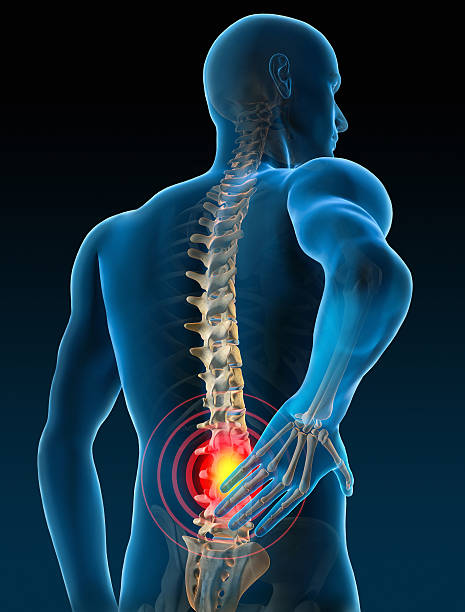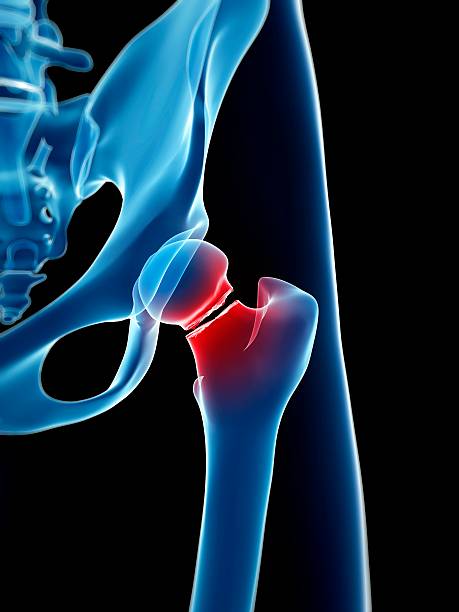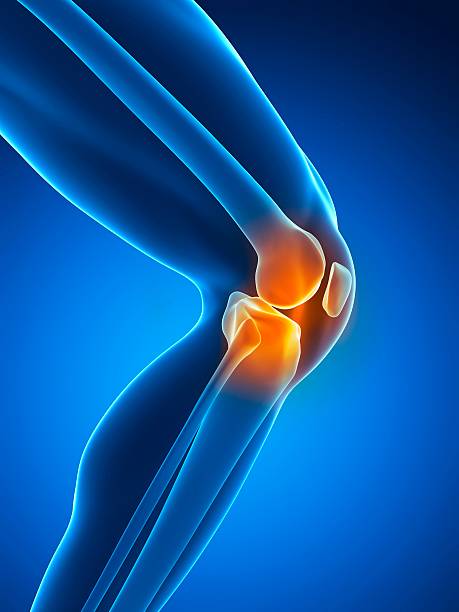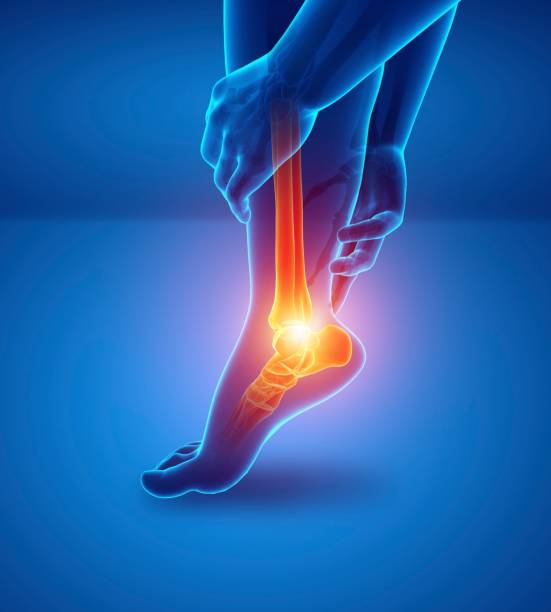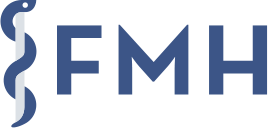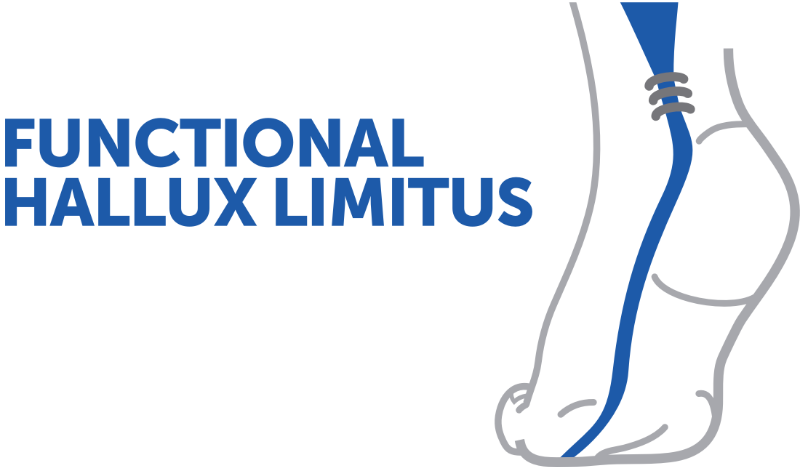PTH in young people: a personalized approach
This presentation explores the indications and outcomes of total hip replacements in young patients, emphasizing the importance of personalized implants, functional expectations, and the role of PROMs in follow-up. The presentation deconstructs preconceived ideas about implant longevity and advocates for an individualized approach.
Doctors
Topics
Treatments
Advice
- Dr Panayiotis Christofilopoulos
- Deconstructing the Longevity Myth
- Importance of PROMs
- Specific pathologies of young people
- 3D approach
- Long-term results
- Patient-specific indication
- 3D Planning
- Long-term monitoring
- Importance of PROMs
Information
Video type:
Anatomy:
Thematic:
Total hip replacement in young people: breaking down preconceived ideas
In young patients, THA is no longer an exception. Registry data show that many implants exceed 20–25 years of survival. The central issue then becomes quality of life over time. The goal is to allow the patient to be satisfied and functional for years, rather than aiming only for theoretical implant longevity.
This population has high expectations and a specific injury profile. The information is transparent: expected benefits, limitations, and rehabilitation paths are presented without dramatizing.
Indication: anatomy, symptoms and quality of life
The indication is not based on an isolated X-ray. It integrates the intensity of pain, functional discomfort, activity limitations, and personal goals. The causes of osteoarthritis in young people are often identifiable: femoroacetabular impingement, dysplasia, post-traumatic sequelae, growth disorders. MRI and three-dimensional analysis help anticipate pitfalls (torsions, coverage defects) and choose the best strategy.
The decision is shared: the patient, properly informed, chooses the moment when surgical treatment becomes sensible.
Do you operate on someone so that their prosthesis lasts 25 years or so that they are happy for 25 years?
Measuring what matters to the patient
PROMs (Patient-Reported Outcome Measures) complement the clinical assessment. The modified Harris score, the Forgotten Joint Score, and a satisfaction scale help monitor the recovery trajectory. Younger patients sometimes take longer to "forget" their prosthesis because their functional demands are higher; this does not prevent excellent medium-term results from being achieved.
Documenting these measures provides value for both the patient and the healthcare system.
Personalized planning and implants
3D planning illuminates torsional deformities and anatomical variations. It helps position the cup and stem, select the friction torque, and, if necessary, use a customized implant. The goal is to restore length, center of rotation, and stability while preserving bone stock.
In selected cases, custom-made stems provide optimal fit and long-lasting results, especially when the anatomy deviates significantly from the standards.
Not every rod fits every femur. It's not like aspirin.
Rehabilitation and activity
The protocol focuses on rapid autonomy, walking, then abductor strengthening and motor control. Low-impact activities are encouraged as soon as pain allows; high-impact sports are discussed on a case-by-case basis. Clear communication about timelines and steps reinforces adherence and safety.
Long-term outlook
With modern materials and precise planning, THA in young patients can provide a wide functional window. Regular monitoring, activity adjustments, and patient education help maintain stable results over decades.
Pathologies treated at the center
Hallux Limitus
Functional
Your pain has a cause.The balance sheet allows us to understand it.
- Gait analysis
- Posture Assessment
- Guidance on the right treatment
- Study of plantar supports and supports
- Detection of compensations
- Pain–movement correlation
The functional assessment allows us to understand how a joint or postural imbalance can trigger or perpetuate pain. Very often, imaging is normal, but movement is disturbed. By analyzing gait, weight-bearing patterns, or posture, we identify the weak links in the chain and guide targeted treatment adapted to the patient's actual mechanics.


